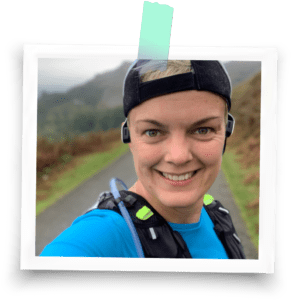Biomechanics Assessment
Intrinsic Assessment On Your Capacity To move
I will provide a full, intrinsic biomechanic assessment with a report on your body and its movements along with a plan to restore range and symmetry in restricted areas.
You will be helped to release inhibited joints through a range of muscle energy techniques, stretches, and isolated and integrated strength work.
If you would like to know more and think I might be able to help you stay injury free, (or get back running if you’ve been sidetracked with an injury) Contact Me or check out my page on Biomechanic Assessments.


